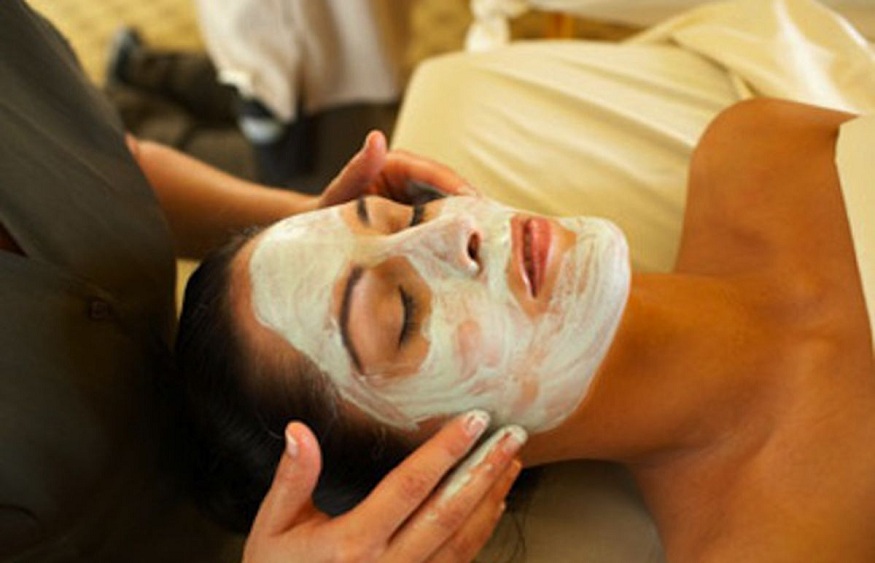Inner beauty story
Antiquity: a beautiful complexion as an indicator of health
In an article on moral beauty
the philosopher Jean-François Raymond recalls that, in Greek Antiquity, perfect education consisted in “forging the soul as much as the body” and seeking the union of Beauty and Good ( kalos kagathos ). Indeed, the beauty of the soul had to manifest the resemblance with the divine (Plato, Phaedo , -399) and the complete human ideal therefore had to unite physical beauty and virtue.
In the first centuries of our era, the Greek doctor Claude Galen (129-201), author of numerous medical treatises, took up as evidence the idea that physical beauty must be accompanied by a beauty of the soul.
Many Greek and Latin thinkers of this time (Plutarch
Diogenes Laertius
adhere to this vision. Galen denounces the illusion represented by a beauty that goes hand in hand with an ignorance of the arts and he even goes so far as to declare it absurd that an ugly soul resides in a beautiful body. Galen also establishes a relationship between the quest for beauty and the quest for authenticity: those who cultivate their beauty must also seek the truth (through philosophy or medicine or through another form of knowledge) and therefore maintain the authenticity of their body. .
Beauty is then considered an attribute of health, which it makes visible, in a way
In a work first attributed to Galen
beauty is presented as one of the four virtues of the body, along with health, vigor and integrity. These four virtues of the body are linked to four virtues of the soul (judgment, wisdom, courage, justice) and beauty is more particularly associated with justice, because it consists in the right balance, the symmetry between the parts of the body and its organs. Through these notions of justice and symmetry, we see that morality, health and beauty are closely intertwined.
Nature (therefore naturalness, authenticity) is proposed as a model by Galen, because it produces both exterior and interior beauty, in the sense that it “has given the human body and each of its parts the best possible form
This relationship between the internal perfection of the body and its external beauty, Galen shows that it is expressed in a brilliant way in our complexion: a good complexion is one of the best measures of our health (Galen lists the many disturbances whose color of the complexion can be revealing) and of our beauty (an even complexion, neither too yellow, nor too red, nor too pale, etc.). As we know, even today, the complexion is considered an excellent indicator of health as well as a criterion of beauty. More broadly, many books were written at the end of the 20th century on the importance of our skin as an interface with the outside world and as an indicator of our moods
The complexion is therefore a good example to think about the link between inner beauty and outer beauty!
The Middle Ages: Beauty as the splendor of Good
In the Middle Ages, a whole theology develops, in line with Greek thought, to define Beauty as the “splendor of Good”, because it allows resemblance to God (see for example Gregory of Nyssa, in the 4th century ). This resemblance passes through love, that is to say that the one who loves Beauty also becomes beautiful, because beauty transforms the one who receives it: “we become what we love

